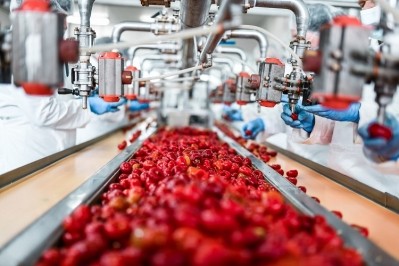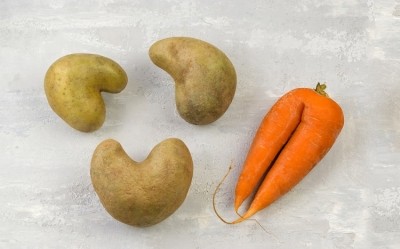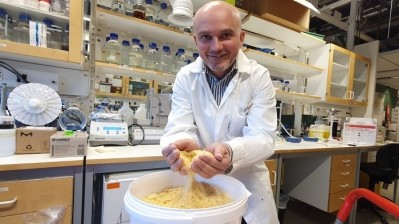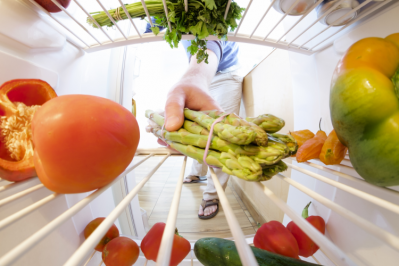Embracing ugly veg and the ugly side of poultry production to make more profitable and sustainable products
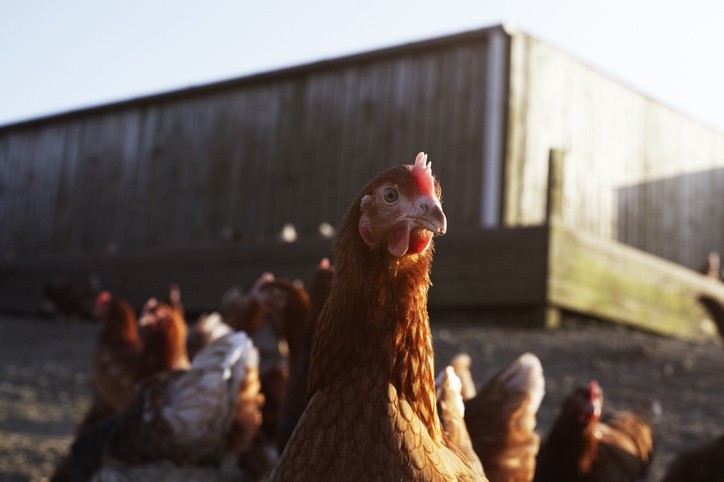
Copenhagen-based Reduced, which makes flavour enhancers based on upcycled raw materials, has joined forces with the international ingredient company Caldic to explore and scale upcycled ingredients for the food industry in the Nordics and Baltic states.
The goal is to make ingredients that reduce food waste a larger part of food production, they say, and at the same time pave the way for further development of process technology and innovation in the upcycling of side streams from the food industry.
The global products from food waste market size was valued at nearly $53 (€49.63) billion in 2022, according to a recent report by Future Market Insights. It estimates the market will grow at a CAGR of 4.6% to reach $83.26 (€77.9) billion by 2032.
The collaboration therefore comes at ‘exactly the right time because the demand for innovation in the upcycling area has never been greater’, according to the companies.
Spent hens: a ‘significant untapped resource’
The collaboration has so far launched with a series of organic flavour enhancers based on side streams from the food industry. One is fermented sauce made with chicken, koji and barley which makes use of spent laying hens sourced from Danish organic egg production.
Spent hens are those at the end of their egg-laying cycle. With meat that’s too tough to eat, their commercial value has tended to be low. Typically, after being processed into ‘chick pulp’ in mobile chicken slaughter units they go on to be used in animal feed or for biogas production. They are often discarded. In Denmark alone, 8 million kilos of organic chickens are wasted annually.
According to Reduced’s co-founder Emil Munck de Voss, these spent lying hens – Denmark is also estimated to currently house around 4.5 million hens in egg production – represent a “significant untapped resource if we are able to scale the conversion of these hens into human food. It is believed that the prices obtained for human food applications may be higher than those achieved for pet food or biogas purposes.”
In the past, spent hen meat did go into soups. Today, however, most soup makers will use broiler meat to avoid bone splinters that can make the product unsafe for human consumption.
Reduced, on the other hand, is using fermentation techniques to create products for human food applications. “We have been able to control a natural fermentation process at industrial scale,” de Voss told FoodNavigator. “We combine fungi with chicken and are then able to control the critical control parameters throughout the process and then extract the super umami-rich liquid by the end of this natural process that is organically certified and authorized by the food authorities from nine months of testing.”
Upcycling wasted mushrooms
The Reduced/Caldic collaboration is also using Danish organic button mushrooms to produce umami flavouring. Industrial producers of Agaricus Bisporus mushrooms, which make up 45% of global mushroom production, have an 8-10% waste rate on all production every year, claimed de Voss. “For our partner in Denmark, that amounts to 203 tonnes of wasted organic Agaricus Bisporus a year. The mushrooms we are using usually are discarded for retail sales because they are too large, or too small to be packaged, broken or bruised. We use them for organic, clean label and great-tasting food ingredients and thereby we reduce food waste.”
The flavour enhancers are distinguished by boosting the umami taste without containing additives, continued de Voss. So far, they have been used in meat products, meat hybrids and meat alternatives to reduce raw material costs, lower salt content and enhance flavour.
“Our ingredients have the potential to lower costs by enabling the creation of meat hybrids,” he said. “Through a series of formulations, we have demonstrated that meat content in processed meat products can be reduced by 5-20% and substituted with vegetables and our flavour enhancers. This not only maintains the great taste but also lowers the cost by removing expensive meat content. We have demonstrated cost savings in between 5-10% working with formulations of sausages and beef patties.”
Significantly less production time
The main applications of the Reduced current portfolio include soups, ready meals, culinary sauces and the Danish start-up makes novel use of other side streams. In addition to its chicken- and mushroom-based umami flavours, it has made: shellfish stock from the invasive species of shore crabs on the Danish coast; organic vegetable stock made from Nordic seaweed; and organic veal stock made from bones from bull calves, which are left over from milk production.
“We have developed a unique process for controlling the fermentation and processing of the ingredients in our bioreactors,” explained the co-founder. “This enables us to create uniform and food-safe ingredients at scale.”
The technology is centred around controlling fermentation processes of side streams and generating flavours at accelerated production time, he told us. “Right now, we are building out the range of side streams we can process through the process technology to provide a broader portfolio of flavours. So - you can definitely expect new taste and flavour experiences.”
Furthermore, we have begun developing functional systems that combine multiple components of ingredients to provide even greater value to our customers in terms of easy application, flavors, and cost-effectiveness.
The appeal of upcycling for end consumers
Consumer interest in upcycled products is growing, added Ib Mortensen, Product Group Leader at Caldic. “My impression is that there is a very high interest in upcycled products – more so when the concept is coupled with sustainability than as a standalone, where the concept can sometimes be a bit too technical,” he said.
“So the more the food producers work with story telling the more they will succeed with the ingredients. There is a high awareness among most consumers – certainly in the Nordics, but I believe it is true of most European countries – about the need to take care of our planet and to use its resources with care – and although there is now a pressure on peoples’ wallets, which will reduce over time, the interest in and awareness of protecting our environment is still very much present.”
